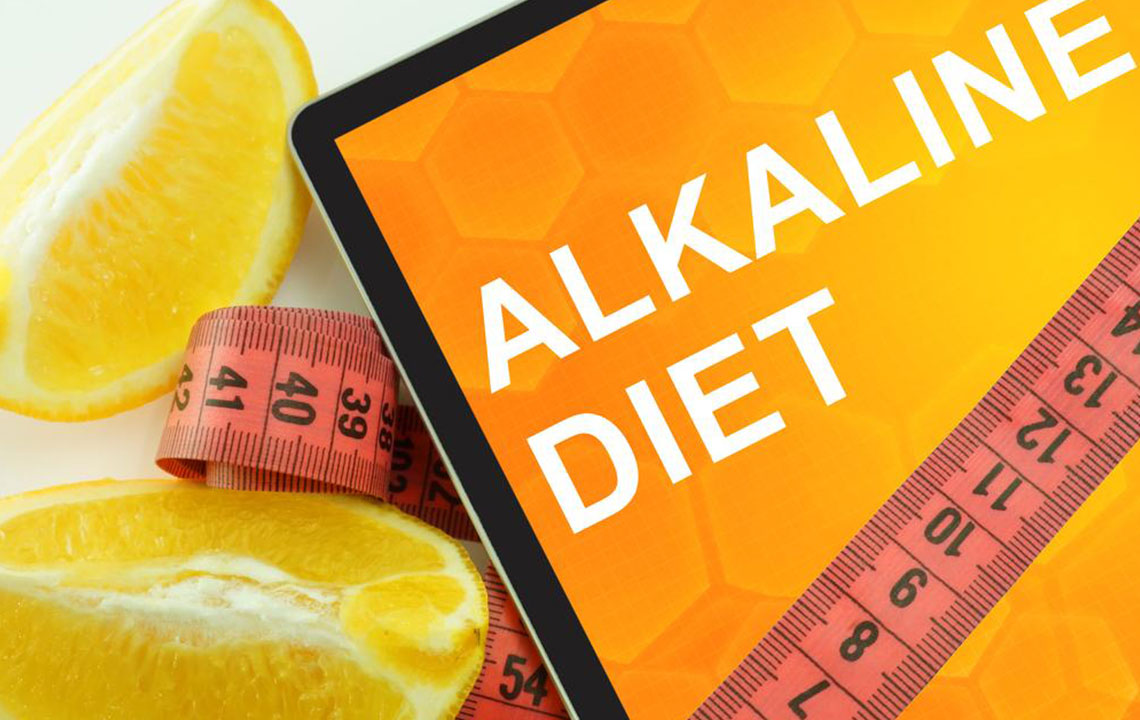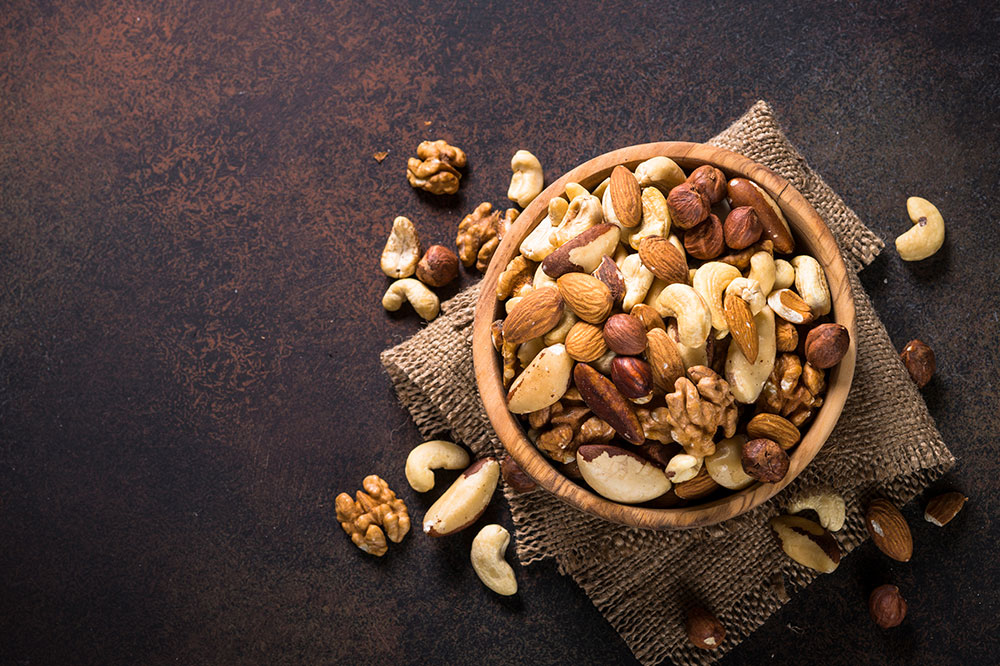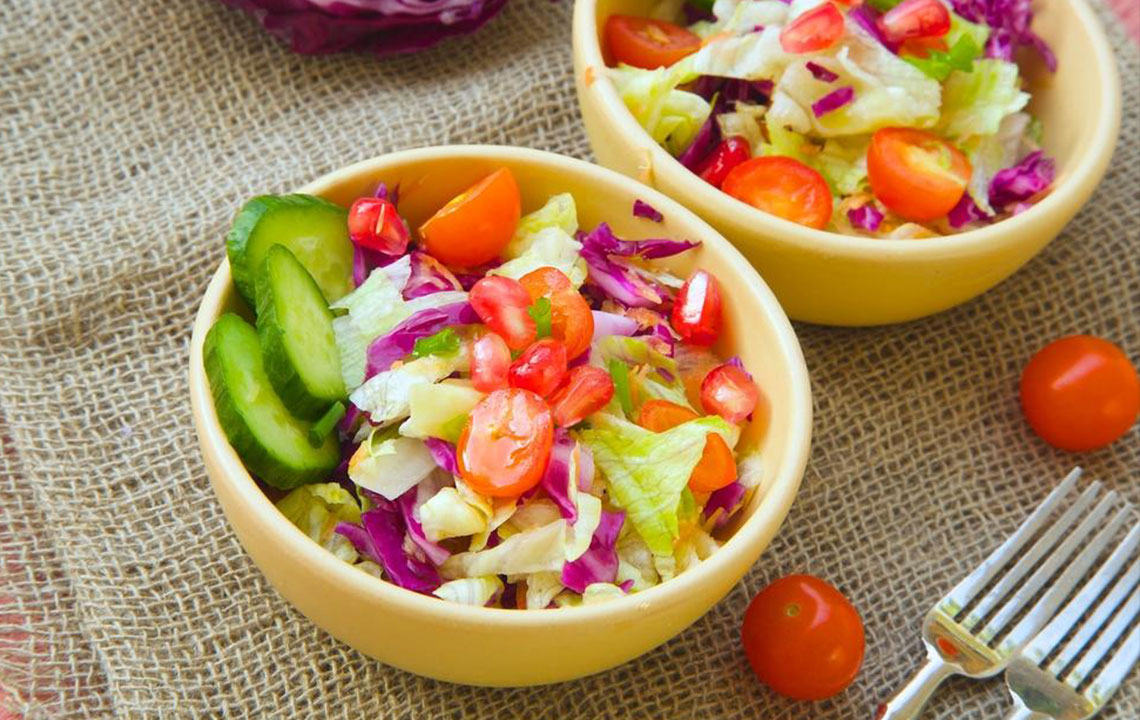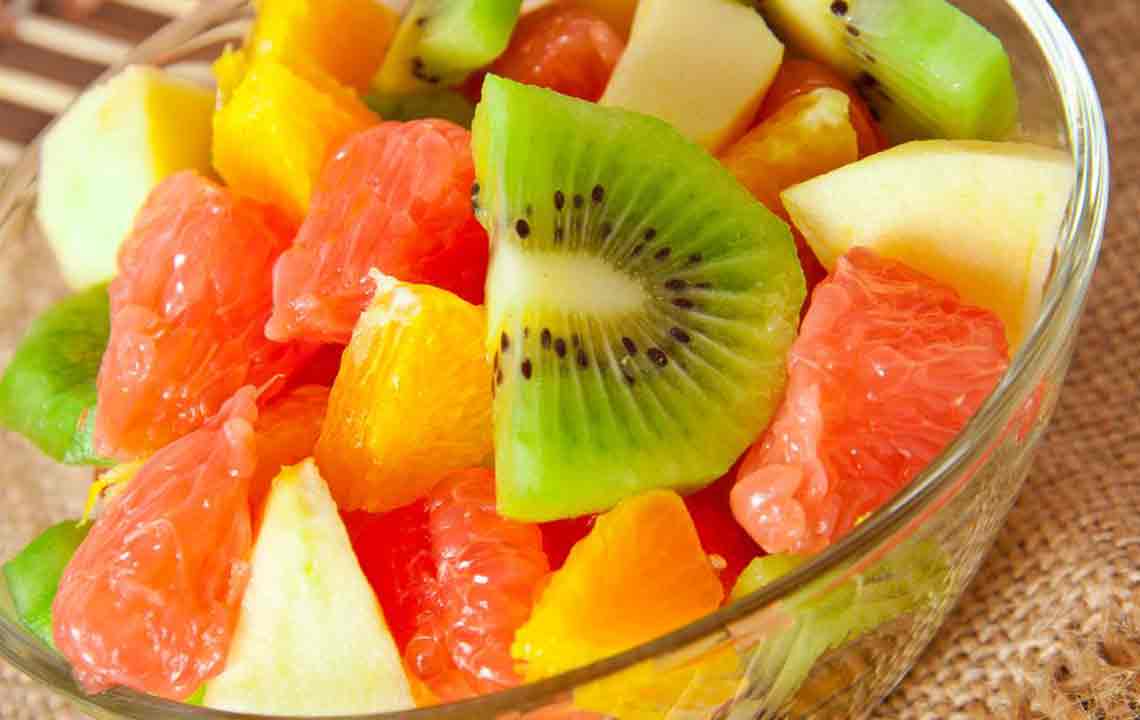Top Advantages of Adopting an Alkaline Eating Plan
This article explores the benefits of adopting an alkaline diet for better health. Emphasizing fresh, plant-based foods and avoiding acidic ingredients like processed foods, meats, and dairy, it promotes improved heart health, bone strength, and nutrient balance. The guide includes alkaline food sources, foods to avoid, and tips for maintaining proper pH levels naturally. Incorporating these dietary habits can help prevent chronic diseases and support a healthier lifestyle overall.

Top Advantages of Adopting an Alkaline Eating Plan
The alkaline diet focuses on keeping your body's pH balanced for optimal health. While stomach acid is naturally high to aid digestion, your blood remains slightly alkaline, which is vital for overall wellness.
This diet encourages consuming alkaline-rich foods like fresh fruits, vegetables, soy, tofu, legumes, nuts, and beans. Conversely, it recommends avoiding dairy, meats, processed foods, eggs, caffeine, and alcohol to maintain proper pH levels.
Thanks to its emphasis on plant-based eatables, this approach promotes heart health, reduces cholesterol, and can lower the risk of type 2 diabetes. It also supports strong bones and prevents nutrient deficiencies.
Focus on alkaline foods and steer clear of acidic ones by following an alkaline food guide. Here's a quick list of what to include and avoid for better health.
Incorporate alkaline foods
Start by drinking alkaline water with a pH around 9. Adding lime or baking soda can boost alkalinity.
Fresh fruits and vegetables are key to maintaining body alkalinity. Examples include citrus fruits, dates, spinach, mushrooms, grapefruit, tomatoes, avocado, wheatgrass, barley grass, cucumber, broccoli, kale, garlic, ginger, green beans, celery, asparagus, watermelon, and figs.
Eat mostly raw produce, as cooking reduces minerals that support alkalinity. Steaming, boiling, or juicing are good options. For protein, include beans and legumes like almonds, lentils, lima beans, and red beans.
Green smoothies and juices made from raw greens are also beneficial. An alkaline food chart helps you understand the ideal foods to eat and those to avoid.
Foods with high alkalinity
Foods rich in alkalinity include:
Avocado
Asparagus
Wheatgrass
Celery
Broccoli
Cabbage
Cucumber
Onion
Parsley
Ginger
Soy
Moderately alkaline foods
Include items like apricots, carrots, cashews, grapefruit, pepper, honeydew, peas, turnip, raspberries, and zucchini.
Be mindful to avoid acidic foods that can disrupt pH balance.
Foods to steer clear of:
Alcohol
Cocoa
Coffee
Jam, Jelly
Vinegar
Yeast
Mustard
Honey
Meat and fish
White rice
White pasta
Shellfish
Liqueurs
Milk and dairy
Moderately acidic foods like processed spreads, certain fruits, and baked goods should also be avoided or minimized.
This diet can be easier for vegetarians and vegans as it excludes dairy and meat, focusing instead on plant-based sources of protein like nuts and legumes. Avoiding stress, eating organic produce, and maintaining an active lifestyle complement the diet, aiding in overall pH balance and health.
Note:
The information shared here spans various health topics, offering practical insights. Readers should view these articles as general guidance and not definitive solutions. The editorial team is not responsible for discrepancies or inaccuracies, and users are encouraged to consult healthcare professionals for personalized advice.










